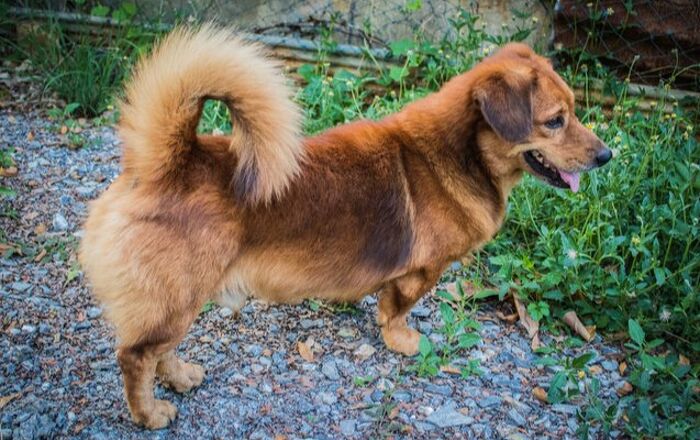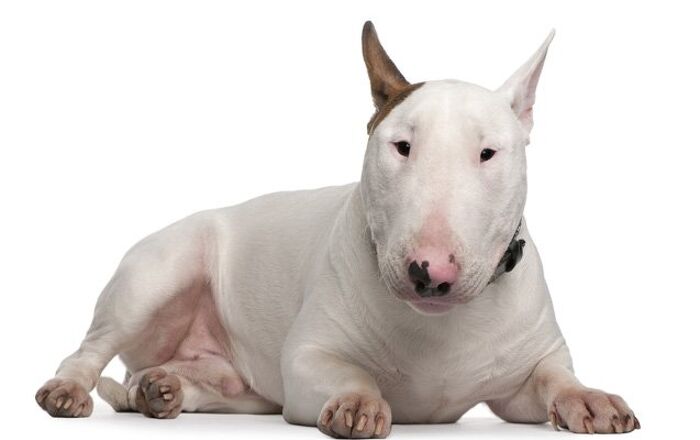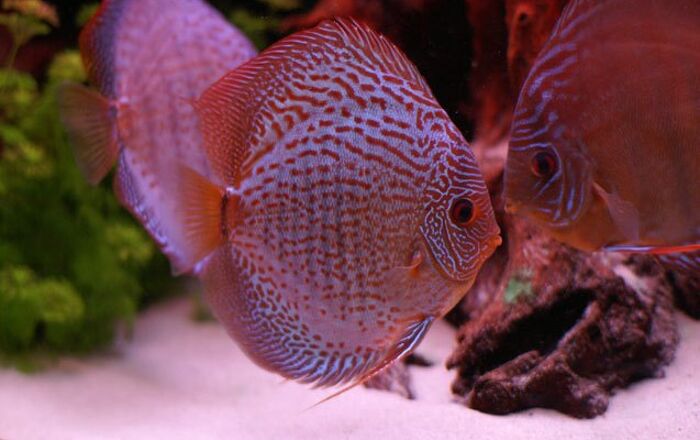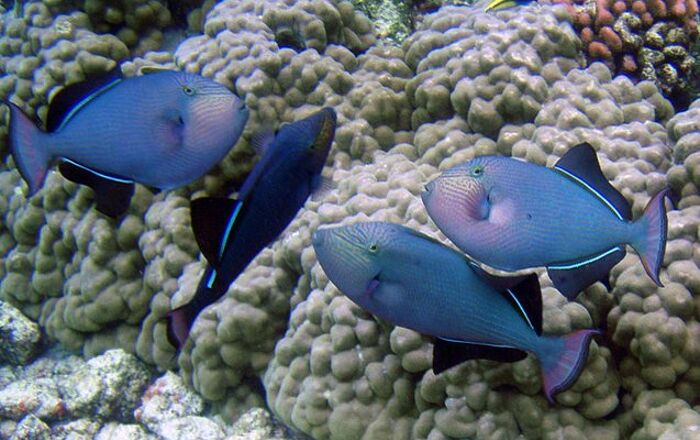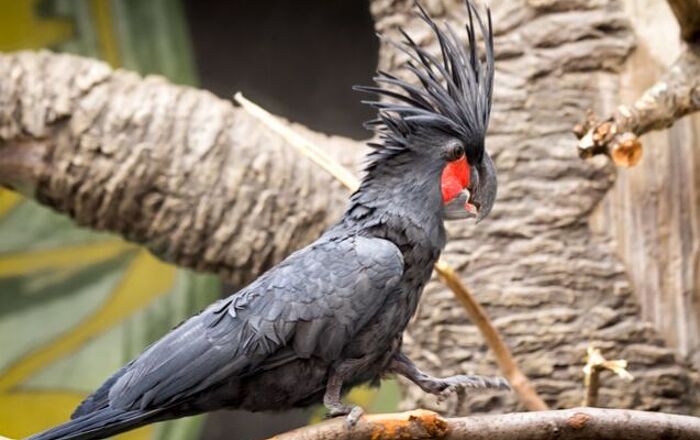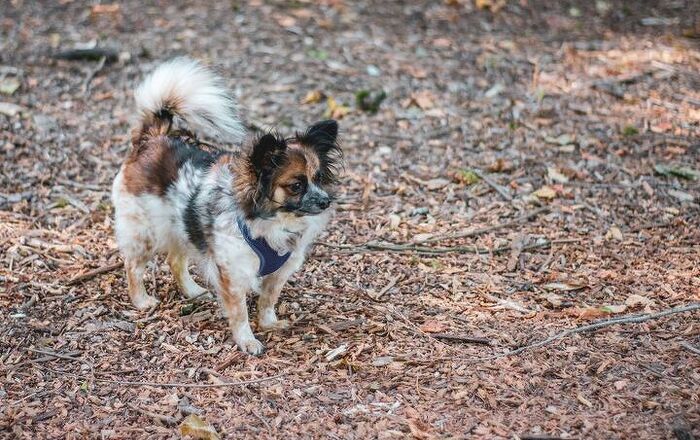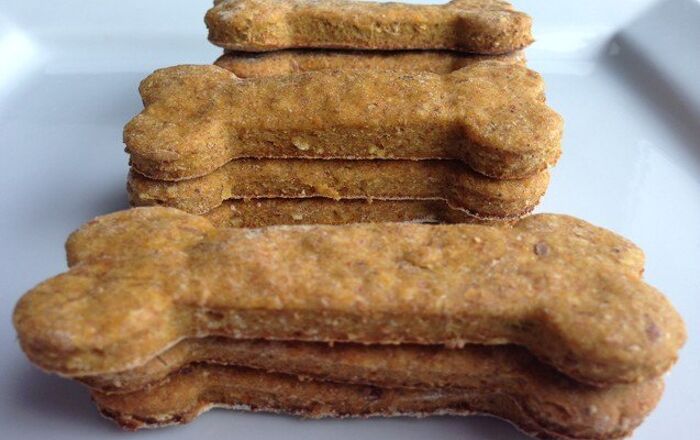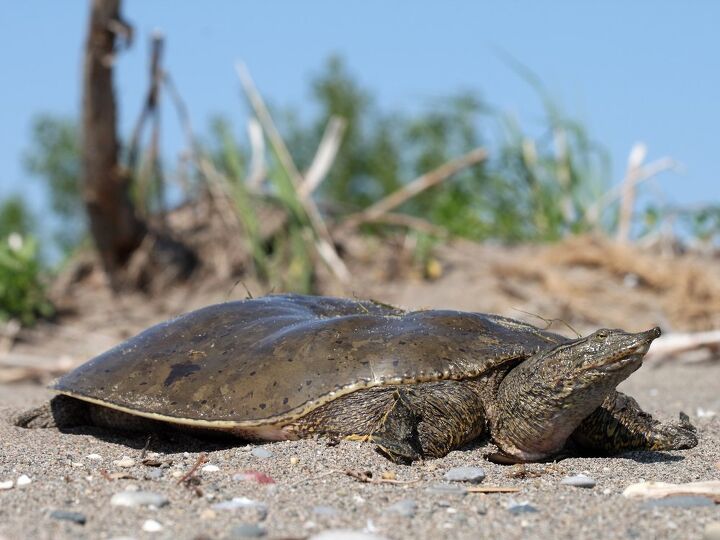
Spiny Softshell Turtle General Info
There are several subspecies of the Spiny Softshell Turtle, but one thing that makes all of them interesting is their unique shell.
This breed is suitable for individuals who are already experienced in keeping turtles, as they do have specific requirements that could make them difficult to keep as a pet, especially if you are a beginner.
There are several subspecies of Spiny Softshell Turtles, but one thing that makes all of them interesting is their unique shell.
Native Habitat
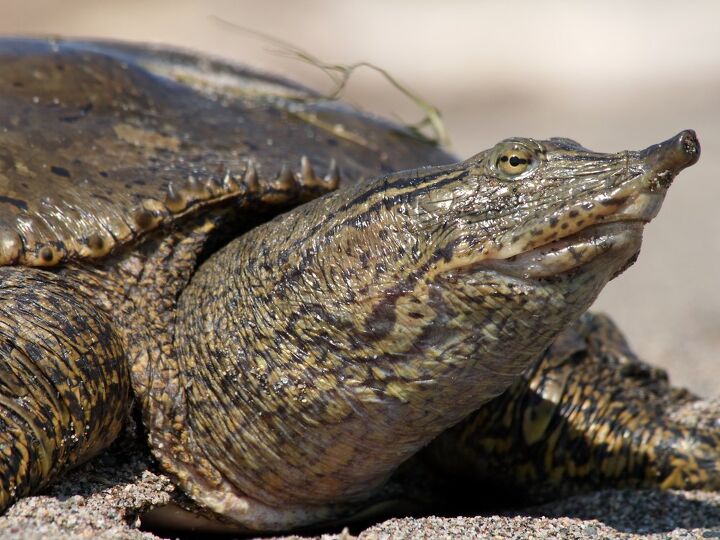
The aquatic Spiny Softshell Turtle could be found living across much of North America. Its range includes southern parts of Quebec and Ontario in Canada and the areas east of the Rocky Mountains. You could even find them in the southern part of the United States as well.
This breed is known for burying itself in a shallow body of water so that its nostrils could easily reach the surface. However, these animals could also bury themselves in water that is deeper too, as they could get oxygen through their skin from the water, so you could find them underwater for an extended length of time. But in addition to spending time in the water, you will also find these turtles basking on rocks or logs.
Depending upon where a Spiny Softshell Turtle is located, it might hibernate during the winter by finding well-oxygenated water that is sufficiently deep and then burying itself into the substrate. For example, the turtles found in Canada could hibernate for roughly six months until May.
Overall, this breed prefers freshwater habitats that include lakes, ponds, ditches, creeks, and rivers that have soft bottoms, aquatic vegetation, and areas for nesting and basking.
The Spiny Softshell Turtle is suitable for individuals who are already experienced in keeping turtles.
Overall Description
Spiny Softshell Turtles feature a unique shell that is described as being leathery, round, and flat. The front edge of the carapace will also have small spines, and the shell’s surface will be covered by a soft skin that, when touched, has a texture similar to that of sandpaper.
Another distinguishing feature of the Spiny Softshell Turtle is its tubular snout and large nostrils. Also, the feet will be webbed, with the webbing of the back feet extending onto the animal’s back legs. The feet will have three claws as well.
You can distinguish adult males from females by looking at their size, as a female Spiny Softshell Turtle will be bigger than a male. Females will also feature a short tail compared to the thick, long tail of males. And the texture of a female’s shell might also be smoother.
Colors
A Spiny Softshell Turtle’s carapace will typically be anywhere from a yellow-brown to olive color. It will feature a pattern that is made up of dark blotches or black spots. There will also be a dark line that goes around the outer edge of the carapace.
The limbs and the head will be gray to olive in color, and will feature dark spots as well. And the head will have a couple of pale lines that have a black border. These will extend backwards from the animal’s eyes to the jaw. The plastron, on the other hand, will usually be yellow or white in color.
Juveniles will look a lot like adult males, but adult females will typically end up losing the black spots and developing a blotched or mottled pattern as they get older.
Spiny Softshell Turtles feature a unique shell that is described as being leathery, round, and flat.
Environment

Because the Spiny Softshell Turtle could grow to be quite large, it’s best to ensure that you have the proper space available for your pet before bringing one into your family. Experts recommend that a single adult male be housed in a 90-gallon aquarium, at the minimum. Females are too active and too big to keep in an aquarium, so you might be able to use a 600-gallon or larger stock tank.
In order to help your turtle maintain its health, you will need to keep a close eye on the water quality of the enclosure. Investing in a strong filtration system and setting it up to prevent sand from getting sucked into it is important. And you could also provide some type of cover, such as live plants, to help your pet feel more secure. Also, because Spiny Softshell Turtles could develop fungal or bacterial infections from scratches, don’t put any abrasive materials into your pet’s enclosure.
When it comes to substrate, it’s a good idea to provide sand so that your turtle will be able to easily bury itself. Set up an area where your turtle will be able to bury itself while still being able to reach the surface for air by using its long neck. And your turtle will need a basking site as well, placed at an angle into the water so that your pet could partially come out of the water and bask or come out completely. Just be sure to set up a multi-spectrum light and ensure the temperature in the basking area is at least 80°F.
Care Requirements
Spiny Softshell Turtles are mainly carnivorous. They prefer to eat crustaceans, small fish, tadpoles, frogs, insects, mollusks, and worms. And these turtles occasionally enjoy feasting on plants. This means that you could feed your turtle a variety of foods, including commercial pellets, crickets, grasshoppers, small crayfish, ghost shrimp, bloodworms, earthworms, and fish. You could also offer romaine lettuce and aquatic plants, as well as spirulina algae wafers.
Behavior
Use caution when handling your Spiny Softshell Turtle, as these animals could become aggressive and bite you. It is best to avoid handling your turtle unless it is necessary. Also, keeping your pet in a community enclosure might not be a good idea, as Spiny Softshell Turtles tend to hurt one another when they are housed together or when they are kept with other breeds of turtles.
Photo credit: Ryan M. Bolton/Shutterstock.com; Shivram/Shutterstock.com


